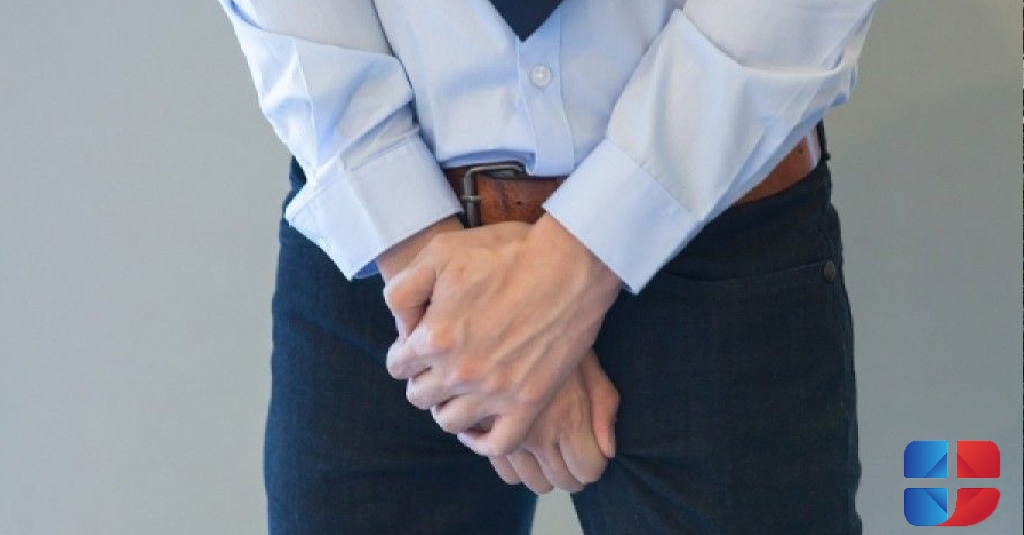What is the treatment for epididymitis?
Treatment for epididymitis includes treating the underlying infection and relieving symptoms. Common treatments include:
- Antibiotics given for 4 to 6 weeks for chronic epididymitis may include doxycycline and ciprofloxacin.
- Over-the-counter (ibuprofen) or prescription (codeine or morphine) pain relievers;
- non-steroidal anti-inflammatory drugs such as piroxicam or ketorolac;
- Bed rest;
Additional procedures may include:
- Applying cold compresses to the scrotum;
- Elevation of the scrotum, if possible;
- Avoid lifting heavy objects
For sexually transmitted infections, the patient and their partner should abstain from sexual intercourse until the course of antibiotic treatment is completed and healing is complete.
Sometimes it may take several weeks for the soreness or discomfort to completely disappear. In most cases, epididymitis resolves within 3 months. However, in some cases, more invasive treatment may be required.
If an abscess has formed in the testicles, the health care provider may drain the pus with a needle or surgically.
Surgery is another option if other treatments have not been successful. This may include removing all or part of the epididymis. Surgery may also be needed to correct any physical defects that may be causing epididymitis.
What is the prognosis for epididymitis?
In most cases, acute epididymitis is successfully treated with antibiotics. There are usually no long-term sexual or reproductive problems, but the infection may return in the future. Complications are possible, but this is rare. Potential complications include:
- Chronic epididymitis;
- Reduction of the testicles;
- fistula or pathological course in the scrotum;
- testicular tissue necrosis;
- Infertility
It is important to seek immediate medical attention to prevent possible complications. Once treated, it is important to complete the entire course of antibiotic therapy for the infection, even if symptoms no longer occur. The attending physician should also visit after treatment is completed to make sure the infection has gone.
If persistent pain or discomfort is felt, medical attention should be sought, especially if symptoms do not improve within four days. In case of severe pain in the scrotum or a high temperature, you should immediately seek medical help.


Leave a Reply